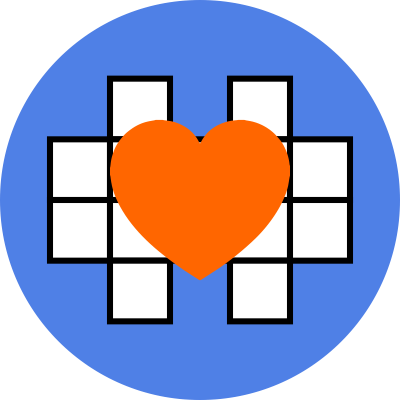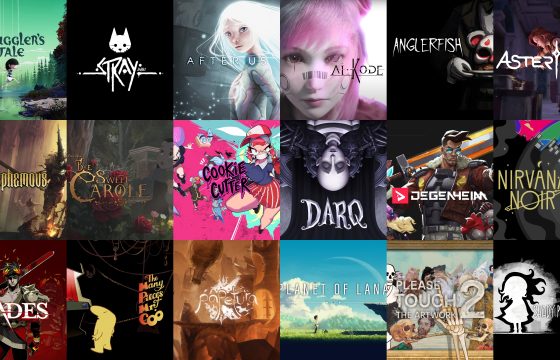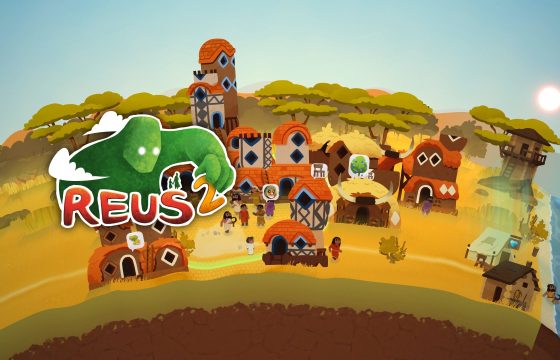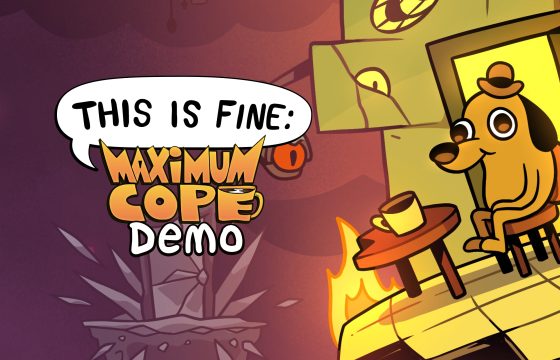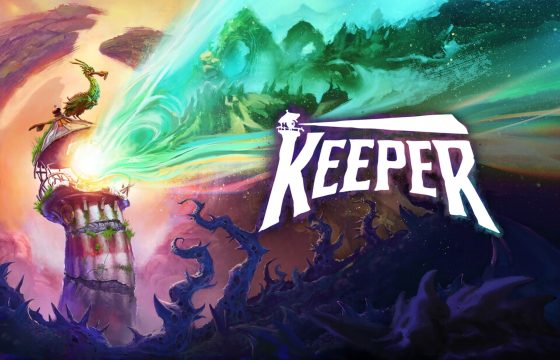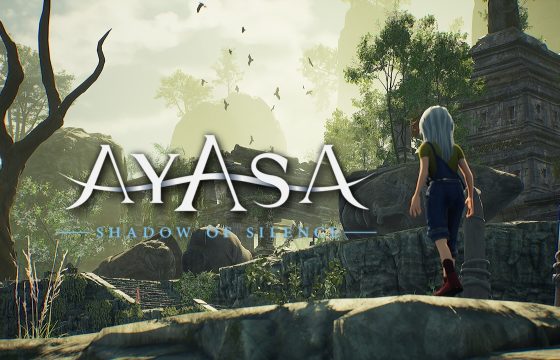Fragile Shapes Studio’s debut sets out to turn the chessboard into a labyrinth of puzzles — and the demo offers a promising first glimpse
We find ourselves in a world where chess rules collapse, logic bends, and every move becomes a question. Beyond the Board, the debut title from Portuguese studio Fragile Shapes, goes far beyond a simple chess-inspired puzzle game: it offers an existential journey through shifting architecture, visual riddles, and eloquent silence. The game blends the geometric elegance of Monument Valley with the bleak atmosphere of Limbo, creating an experience that challenges not only the mind, but also the way we perceive space, pacing, and storytelling in games.
This (Is Not) a Chess Game
Beyond the Board starts with a surreal premise: a bolt of lightning interrupts a chess match, shattering the board and scattering its pieces into a strange new dimension. Left alone, a Rook begins a journey to reunite with its lost companions, navigating a world that no longer follows familiar rules or structures. From this point forward, the logic of chess transforms into something else entirely—an evolving language of movement, intuition, and spatial awareness that players must learn gradually, like travelers in unfamiliar terrain.
Each level presents an environmental puzzle made of moving tiles, switches, and enemies with unpredictable patterns. Players don’t need chess knowledge to progress; instead, they need sharp observation skills, patience, and the willingness to fail and learn. The Rook—rigid and upright, yet unexpectedly expressive—feels less like a piece and more like a silent protagonist, a quiet guide through uncertainty.
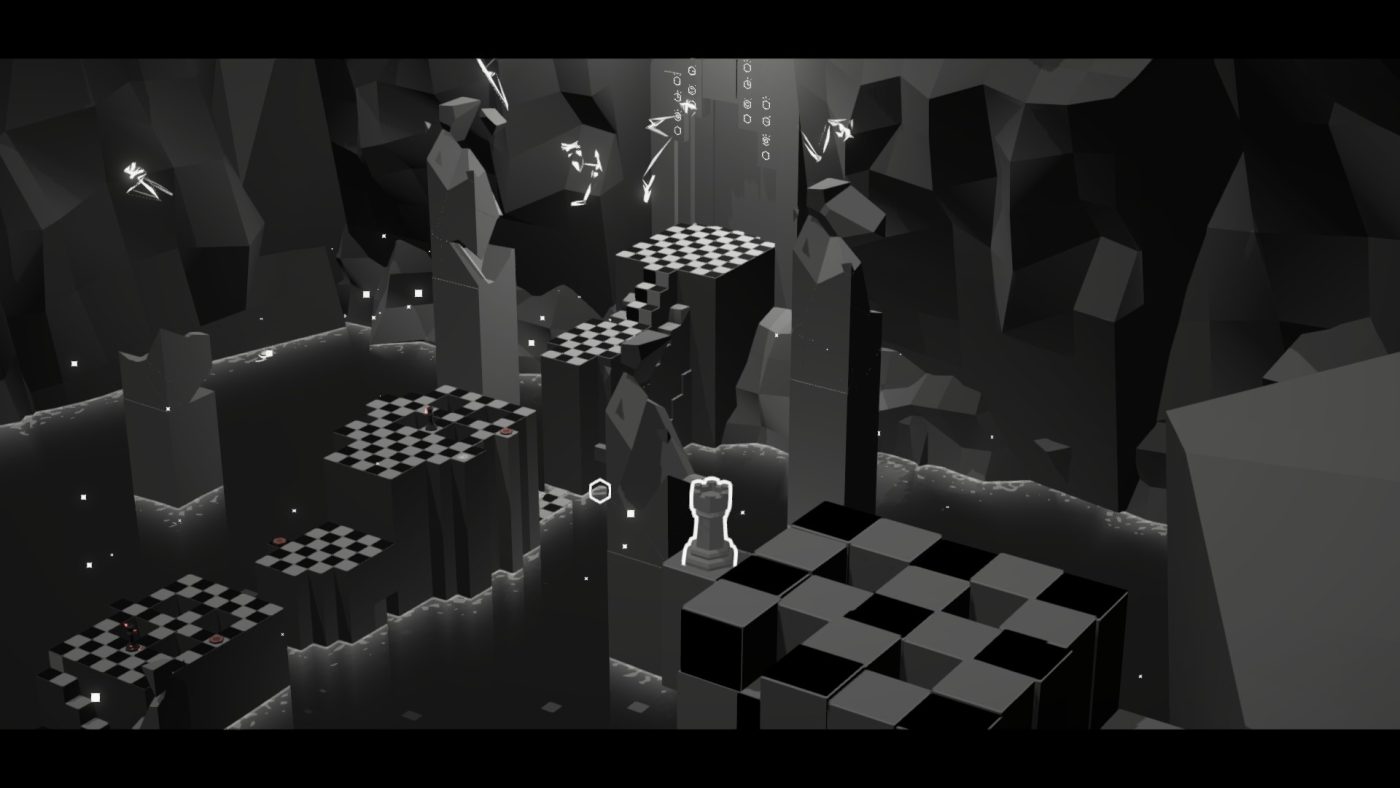
Between Limbo and Monument Valley
The visual and structural influences in Beyond the Board feel clear but never derivative. Its stark palette and suspended atmosphere recall Limbo, while its geometric design and perspective-based logic echo Monument Valley, with all its impossible architecture and visual illusions. The result is a world that floats in emptiness—fractured chessboards and suspended towers—where the line between environment and puzzle disappears entirely.
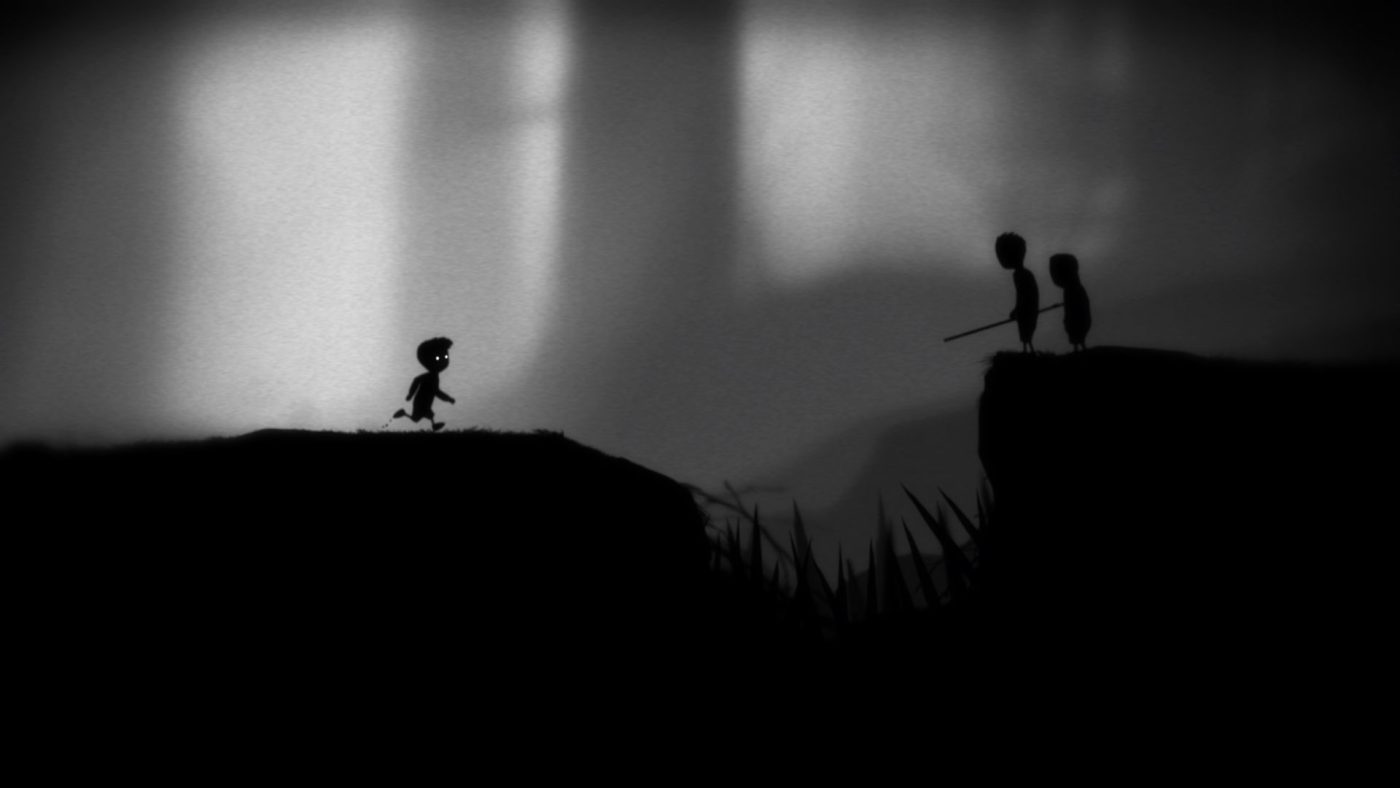
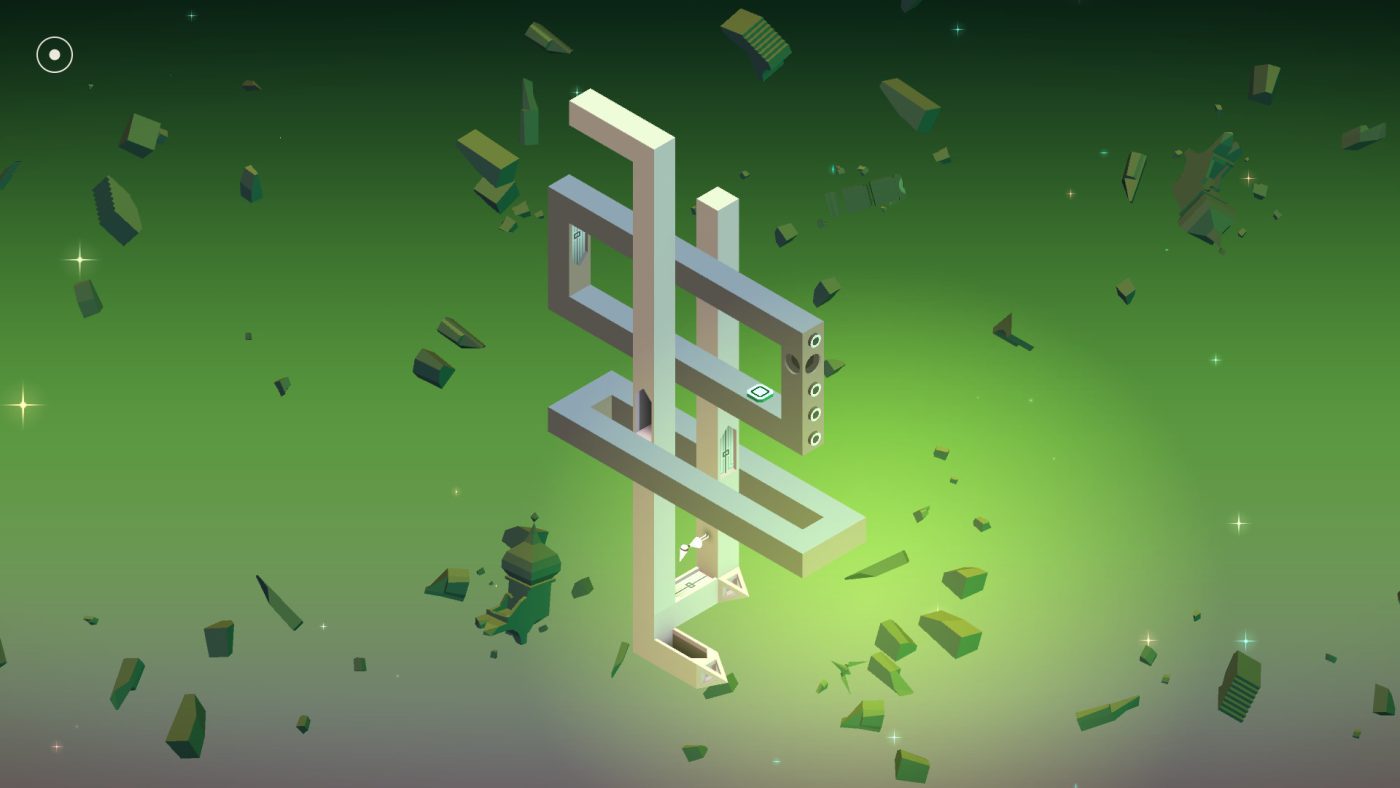
Just like the titles it draws from, the game communicates silently. There are no words, no dialogue, no cutscenes. Movement, lighting, sound cues, and carefully constructed spaces carry the narrative. The result is a subtle kind of storytelling built through environments and interactions. Each level introduces a new element, and every puzzle deepens our understanding of the game world, encouraging players to discover meaning at their own pace.
Impossible Structures, Artistic Roots
Beyond the Board draws heavily from the work of M.C. Escher. Chessboards bend and fracture as though made of memory or water. Towers and staircases rise from floating platforms, often without logical connections, and gravity follows a poetic, abstract logic. Much like Escher’s drawings, space here becomes a visual language—a three-dimensional riddle that invites interpretation.
The game’s minimalist art style, with neutral tones, sharp geometry, and void-like backdrops, heightens the feeling of alienation. It often feels like walking through a mental limbo rather than a physical location. Each puzzle doubles as a quiet meditation on structure and collapse, order and disarray.

A Rook With a Soul
Centering the experience around a Rook—a typically static and passive chess piece—feels surprisingly effective. Over time, this figure develops something close to a personality: it hesitates before threats, collapses when defeated, and presses on without speaking. There’s something deeply human about its geometric solitude and quiet search for connection.
One particularly memorable chapter, “Eldritch King,” introduces the game’s first boss encounter: a Bishop-like enemy that emits a deadly laser. Here, failure becomes real—the Rook can fall, forcing the player to restart the level. Yet defeat doesn’t punish; it teaches. Like in Limbo, failure forms an essential part of learning, revealing the unspoken rules that shape this world.
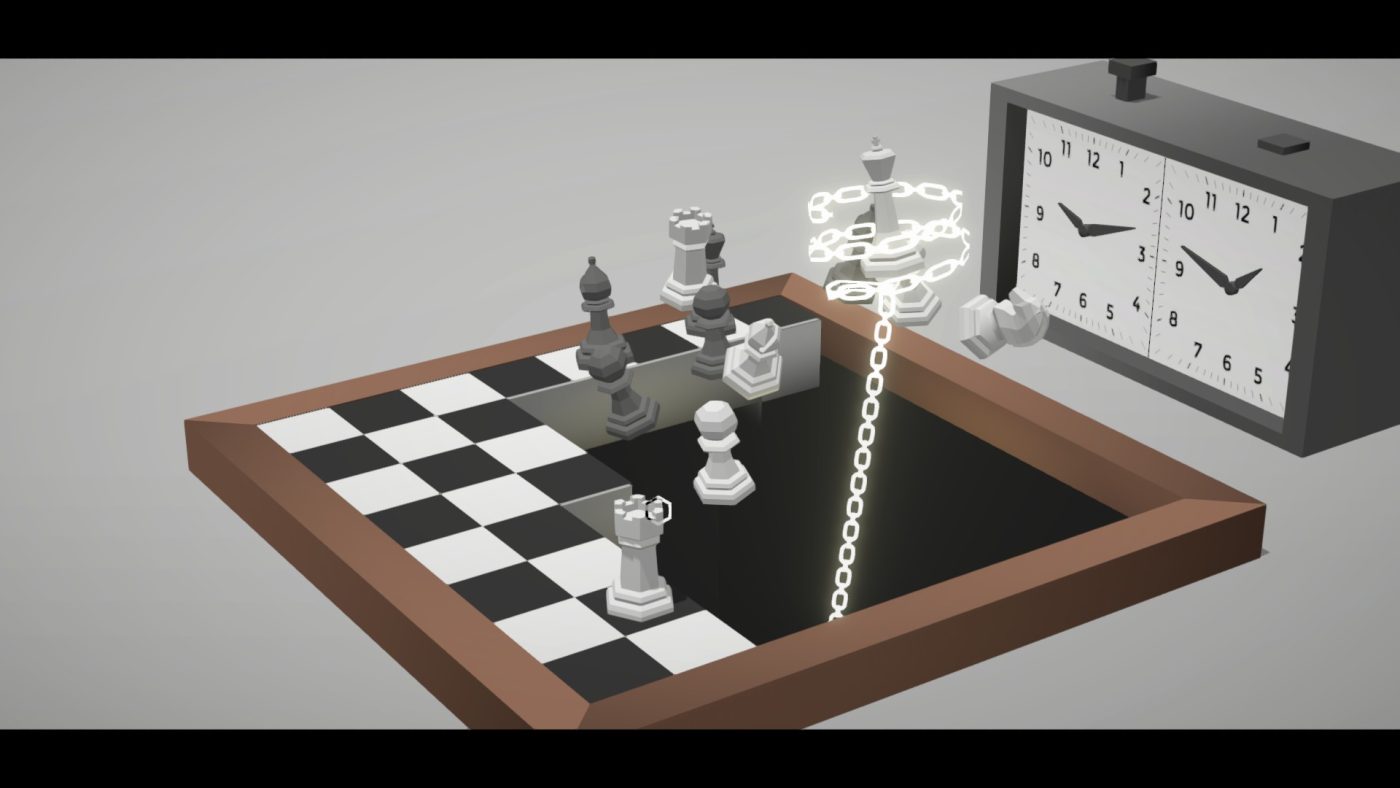
Puzzles as Landscapes, Silence as Story
The game’s puzzles form its core. Each area presents mechanical and spatial challenges: tiles rise and shift, enemies follow coded movements, and logic evolves across the board. Players must study their behavior like reading freeform poetry—patterned, but open to interpretation. The rules shift from level to level, yet always follow an internal rhythm. Learning how to move means learning how to think within the game’s own strange grammar.
The soundtrack, composed by Bruno Mascarenhas, adds a subtle emotional layer. Especially in the demo’s closing sequence, the music evokes a quiet melancholy, with textures reminiscent of Radiohead’s more ambient tracks. It’s a fitting conclusion for an experience that favors introspection over spectacle.
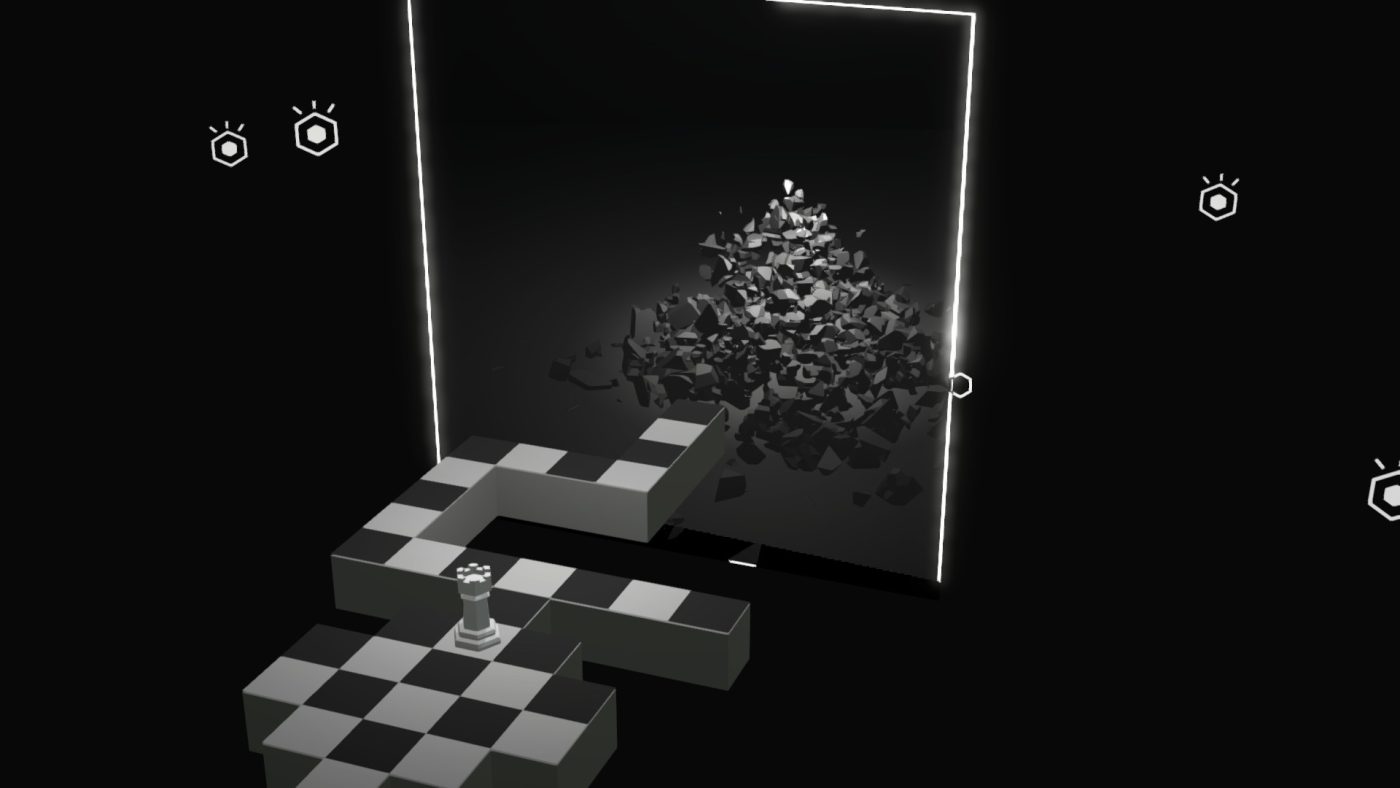
A Contemplative Rhythm, Already Present in the Demo
Beyond the Board’s demo feels short but rich. Its pacing remains slow and meditative, yet never tedious. Each puzzle demands its own time, and nothing pushes the player to rush. On the contrary, the game encourages reflection: observe, experiment, listen. The difficulty feels fair and intuitive—solutions emerge when players adopt a different perspective or shift their thinking.
Silence shapes the journey. Aside from ambient sounds and occasional mechanical clicks, there’s little to interrupt the experience. This near-absence of sound helps create a suspended, almost sacred atmosphere. Beyond the Board doesn’t aim to entertain—it seeks to accompany, to guide, to prompt reflection.
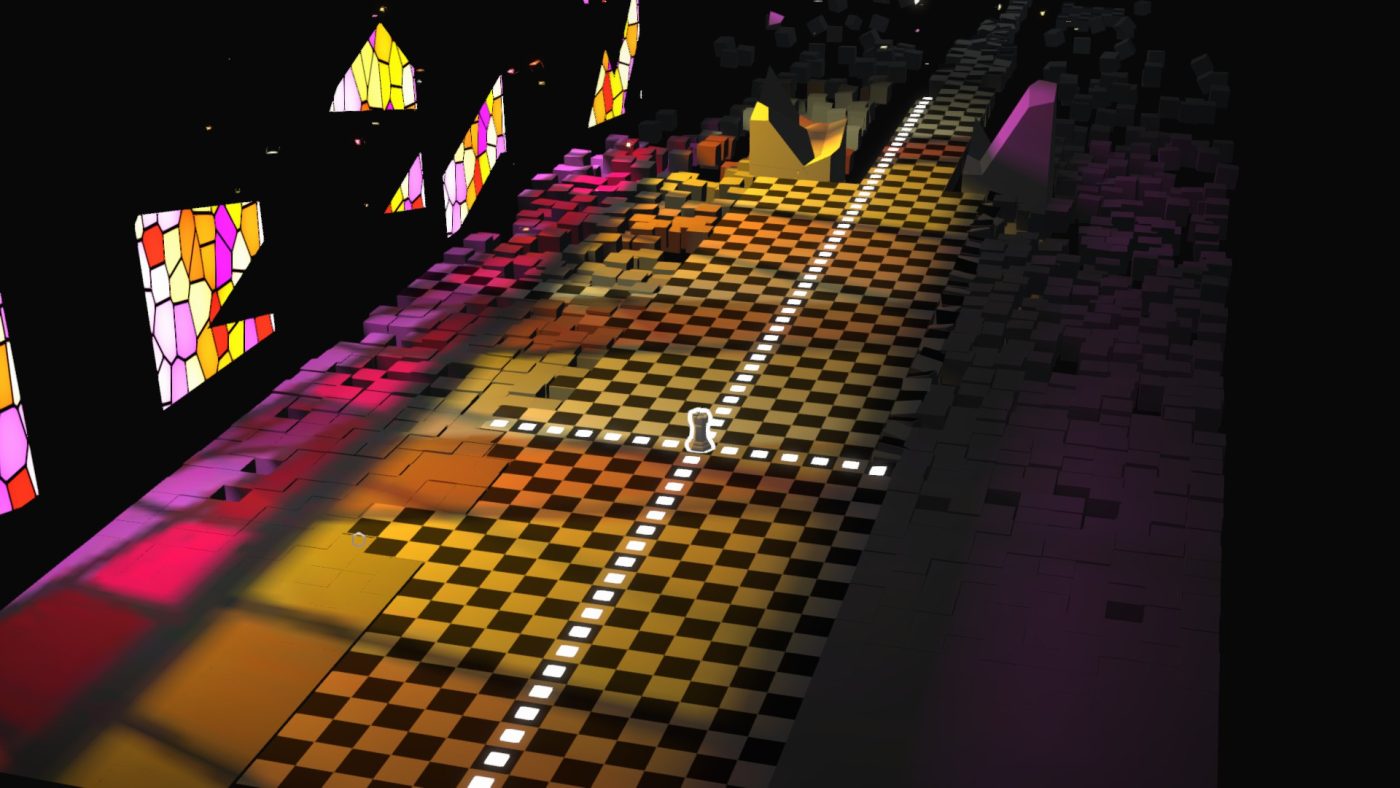
A World Built for Re-discovery
One of the demo’s strengths lies in its replay value. Hidden paths and secrets reveal themselves only when players return with new pieces, in true Metroidvania fashion. This design encourages thoughtful exploration and rewards curiosity with alternate strategies, visual storytelling fragments, and entirely new routes.
Despite its short length, the demo offers a rich preview of what Beyond the Board can become: a puzzle game that unveils itself slowly, that explains nothing but invites everything, that speaks through silence and builds meaning through structure and absence.
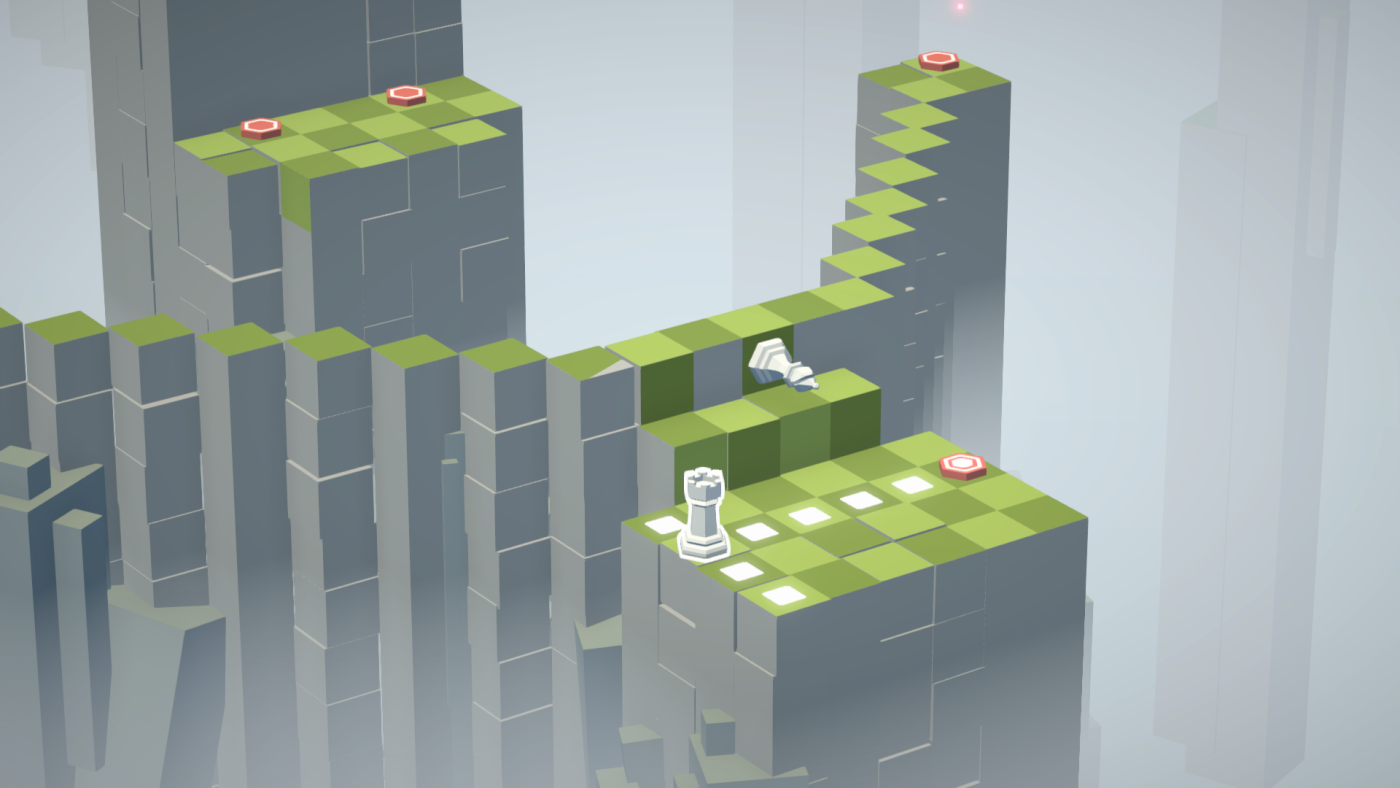
A Small Team, A Strong Debut
Beyond the Board marks the first title from Fragile Shapes Studio, but nothing about the demo suggests a beginner’s effort. Guilherme Gama and Bruno Mascarenhas—working from Porto, Portugal—have crafted a quiet, visually cohesive, and emotionally resonant experience.
Even with a small team, the game has already gained attention on the international indie scene. It premiered at the OTK Games Expo, was selected for Indie X 2024, and became a finalist at the PlayStation Talents Awards. Additional recognition came from Lisboa Games Week, SINFO, MOJO, and GameDev Lisbon—an impressive list, especially for a work still in development.
The studio’s name, Fragile Shapes, encapsulates the project’s identity. Their world rests on unstable geometry and shifting logic, yet that instability becomes a strength. Each detail—from animation to pacing to sound—reflects a shared creative vision shaped by restraint and consistency.
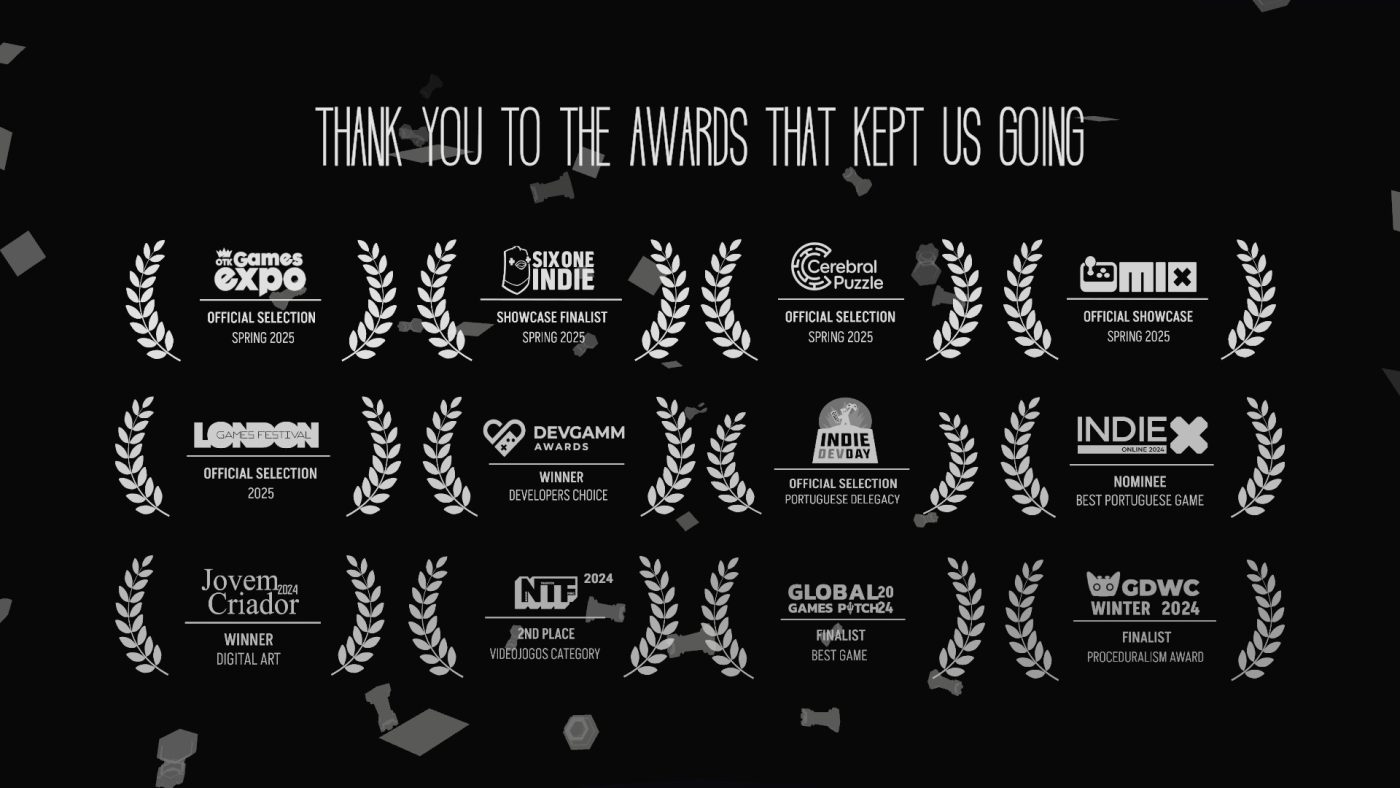
Conclusion
Beyond the Board resists easy classification. It’s not a chess game, but understands chess deeply. It’s not a platformer, but encourages movement. It’s not a linear story, but it tells something meaningful. Ultimately, it stands as a piece of interactive art that invites players to slow down, observe, and listen.
More than a puzzle game, it builds a suspended universe with rare, handmade care—something that the best of the indie scene continues to offer.
If Monument Valley represents a geometric dream, and Limbo offers a poetic nightmare, then Beyond the Board becomes an existential riddle—one you must play, explore, and above all, feel.
The demo is available now on Steam. If you’re ready to lose yourself in a quiet world of moving tiles, broken geometry, and unspoken rules, this may be the journey you’ve been waiting for.
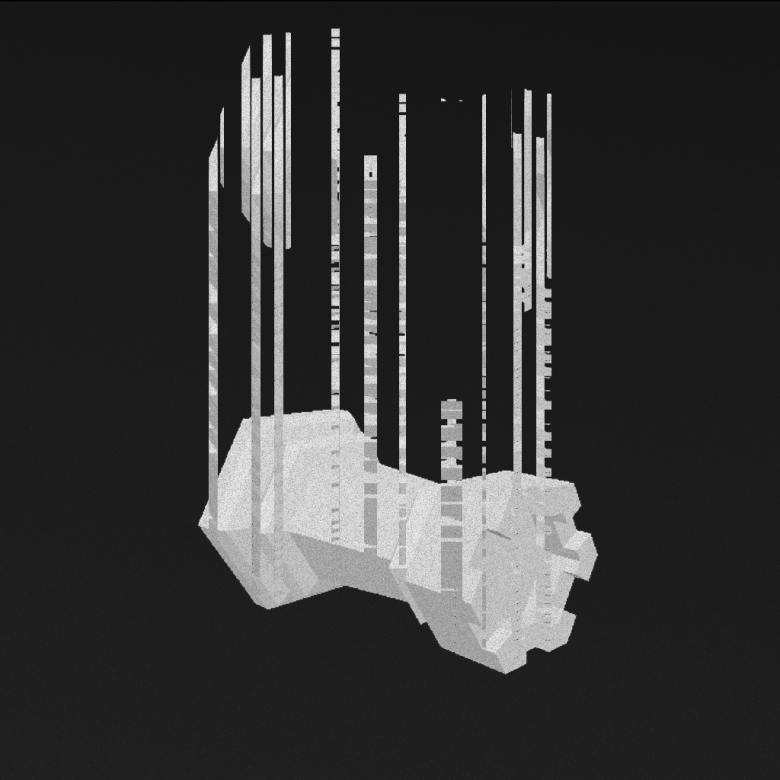
If you want to know more:
Beyond the Board Official Website
